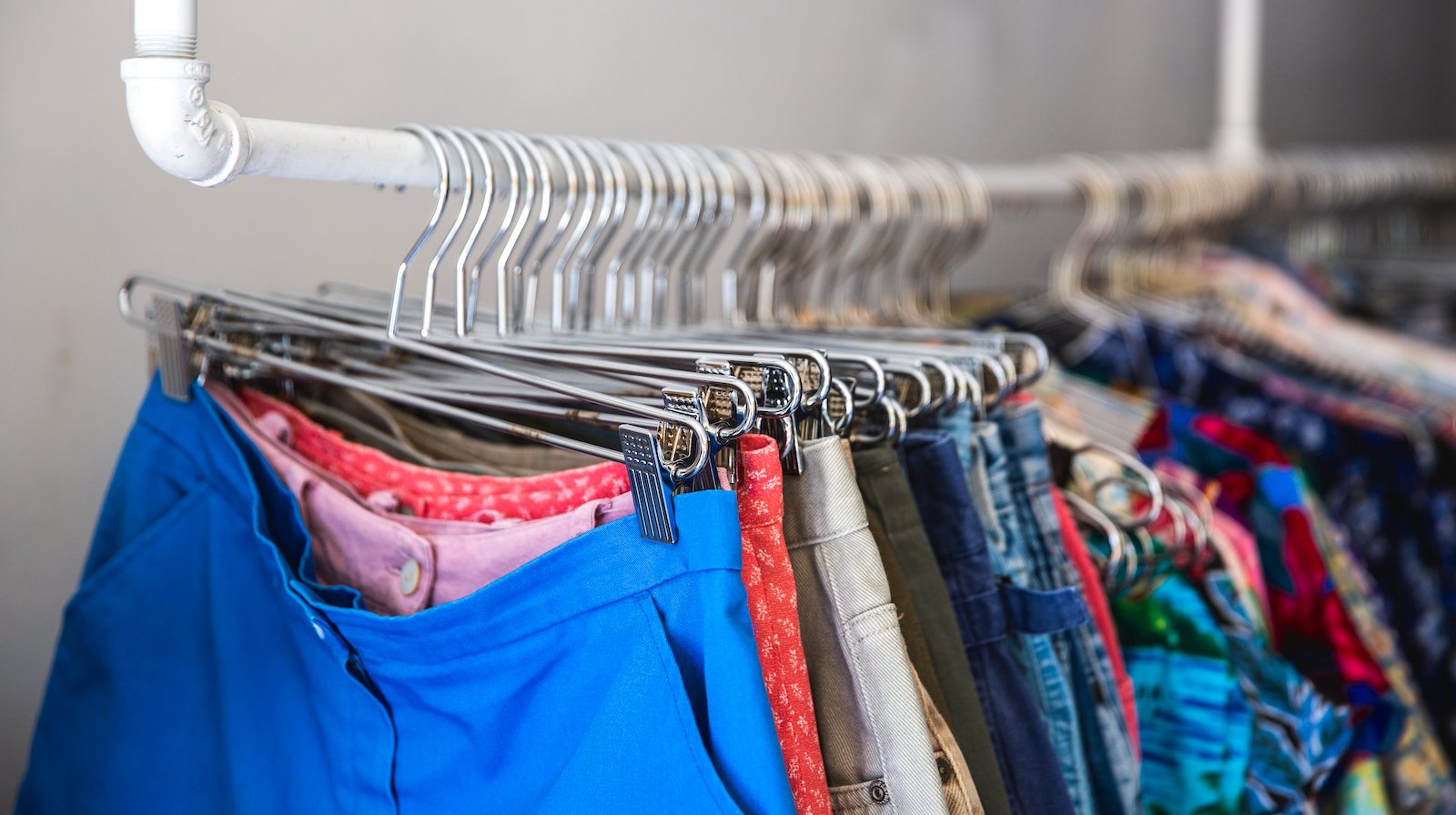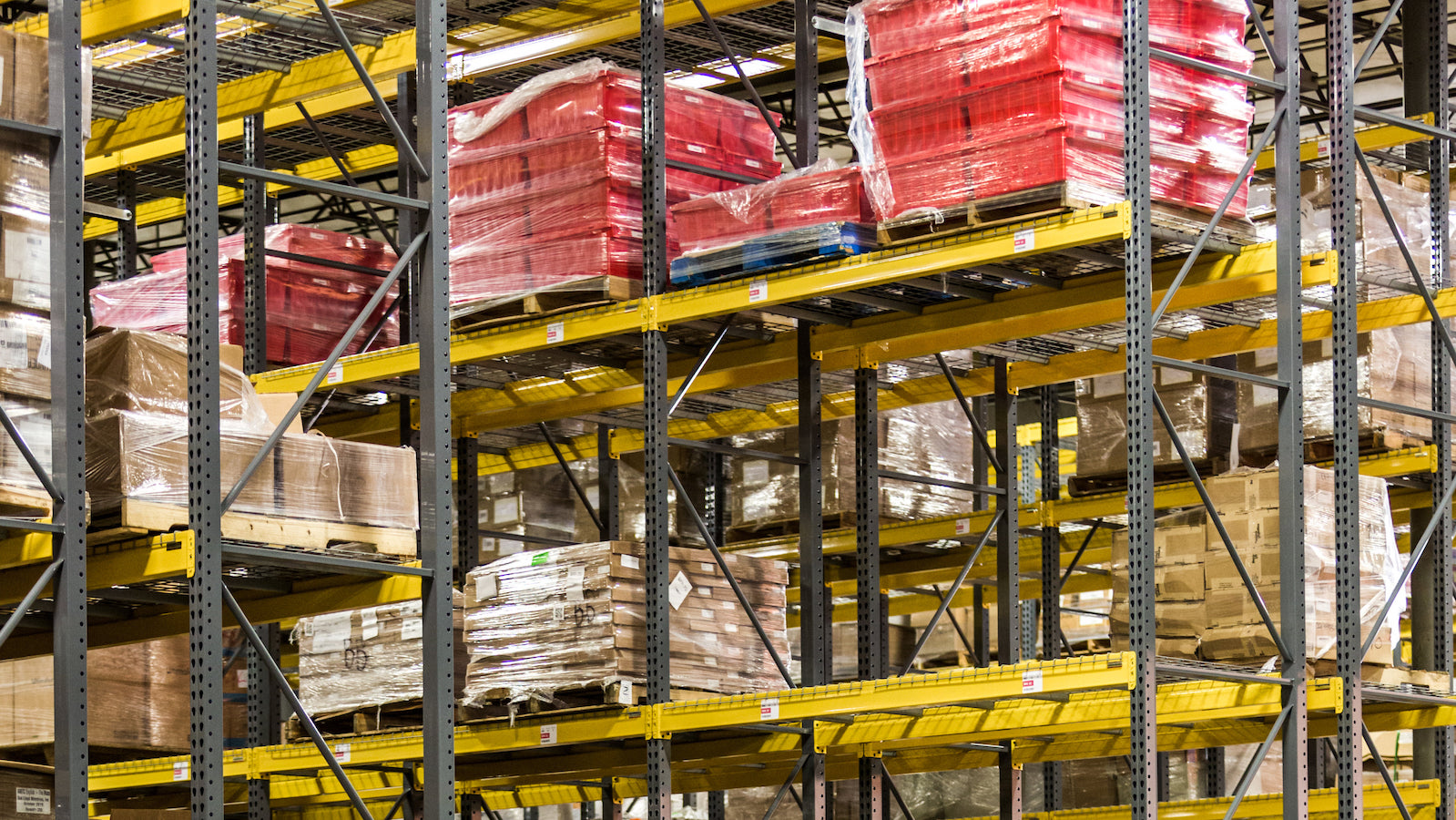Table of Contents
** Minutes
How does retail distribution work?
How to choose the right retail distribution strategy
How to optimize your retail distribution strategy
ShipBob can help you improve your retail distribution efforts
Whether you’re running a DTC brand or a B2B ecommerce business, distribution is one critical aspect that needs to be carefully considered and planned out.
Good distribution management improves supply chain efficiency by streamlining the entire retail logistics operations. As a result, you need an optimized retail distribution strategy for better efficiency and cost savings.
In this post we’ll give you a closer look at what retail distribution is, how it works, and how you can choose or optimize your retail distribution strategy.
What is retail distribution?
Retail distribution refers to the process of getting goods from manufacturers and producers to consumers. Throughout this journey, goods may pass through many intermediaries such as wholesalers, vendors, and retailers.
In the case of direct-to-consumer (D2C or DTC) brands, the path is shorter because the brand sells the product directly to the customer through their ecommerce website or retail store.
How does retail distribution work?
There are several types of retail distribution strategies. While each of these strategies ultimately result in getting the goods to the customers, there are variations in the process and the number of outlets used.
Intensive distribution
This strategy involves using all available outlets to flood the market and sell products to almost every potential customer. An intensive distribution strategy is typically ideal for products with high levels of competition.
Since consumers have a wide variety of options to choose from, they’re likely to settle for an alternative if their preferred brand isn’t readily available. So by employing a wide distribution network, businesses can make their products more accessible than their competitors and gain leverage.
Selective distribution
Selective distribution involves taking a more targeted approach to retail distribution because it utilizes outlets in certain locations. As a result, products are still widely available to interested customers but not as scattershot as with an intensive distribution strategy.
A selective distribution method is ideal when your target audience is willing to do some shopping around and isn’t interested in an alternative brand. For example, some consumers may be loyal to the Nike brand and would be willing to shop around to find the perfect pair of Nikes instead of buying a similar design from other brands such as Puma or Adidas.
Exclusive distribution
As the name suggests, this is a highly targeted distribution strategy that involves restricting distribution to a single distributor, wholesaler, or retailer in a specific area. This type of distribution works well for brands that want to maintain a sense of exclusivity, catering to upscale customers who are willing to spend more for higher-quality products or for certain brands.
For example, luxury brands like Hermés follow this strategy, making select products like the Birkin or Kelly bag available only in their brick-and-mortar stores.
How to choose the right retail distribution strategy
With each of these different distribution strategies having unique benefits, it may be challenging to decide which is the right choice for your business. That said, making the right decision is crucial because your distribution logistics and retail supply chain rely heavily on the distribution strategy you choose.
Due to the large market coverage it offers, intensive distribution works best if:
- You have the infrastructure, budget, production facilities, and supply chain efficiency to handle mass distribution.
- The product price is accessible to the masses.
- You can sign on large retailers to carry out distribution.
- Your target audience overlaps with that of the retailers who will distribute your product.
- You’re just entering the market and want to raise brand awareness.
Meanwhile, selective distribution is ideal if:
- The product has regional appeal.
- You’re targeting a more specific demographic.
- The product has a higher price point and is less accessible to the masses.
- You have limited manufacturing and distribution capability.
- The product is specialized and has a more niche appeal.
- The product has a regional appeal.
Exclusive distribution would be the best choice if:
- The product falls under the luxury category.
- You want to maintain exclusivity.
- You’re dealing in products with significantly higher price points and are not marketable to the masses.
- The brand is well-established and boasts a long-term pedigree.
- Your products appeal to a very specific audience.
How to optimize your retail distribution strategy
Even if you already have a retail distribution strategy in place, that doesn’t guarantee that you’re getting the most out of it. If your retail distribution efforts are yielding more headaches than profits, it’s time to look for opportunities to improve your strategy.
Here are some practical steps to optimize your retail distribution strategy:
Distribute inventory based on consumer demand
Regardless of what retail distribution strategy you’re using, having your inventory close to your customers is an effective way to streamline distribution and fulfillment. This would involve distributing your inventory strategically across different distribution centers based on historical demand.
For example, let’s say there’s high demand for your product in a certain region and lower demand in another region. So when you run out of stock in the high-demand area, you might have to send out new orders from the distribution center that sees lower demand and has extra inventory in stock.
As a result, products have to travel for longer distances to be shipped all the way to the high-demand area. This not only slows down the supply chain but also increases shipping costs.
Instead, strategically relocating your inventory to high-demand centers using moving companies such as Three Movers could help you save time and money transporting the goods to your customers. Similarly, you might want to allocate more inventory to retailers that have done exceptionally well at selling your products. That way, they won’t have to deal with stockouts and experience missed sales opportunities.
“In addition to cost-savings from improved accuracy, I’ve also enjoyed lower shipping and freight costs because of ShipBob’s distribution network. ShipBob has dozens of fulfillment centers across the US, on both coasts and in the Midwest. By storing my inventory in fulfillment centers that are close to my retailer’s distribution centers, we minimize our shipping costs while improving transit times.
ShipBob’s network also gives us the flexibility to scale in the future. If we started shipping through a retail grocer with a distribution hub on the West Coast, for example, all we would have to do is distribute stock to one of ShipBob’s West Coast fulfillment centers. It’s fantastic to have that option of scaling so easily, while expanding with ShipBob.”
Nadine Joseph, Founder & CEO of Peak and Valley
Audit your distribution strategy for inefficiencies
With so many moving parts involved in B2B distribution, it’s only natural that there will be several inefficiencies in your processes. It’s important to regularly audit your distribution strategy to look for any inefficient processes that should be optimized or replaced altogether.
Perhaps you have multiple partners to handle different parts of your distribution process.
For example, you may have one partner that handles retail warehousing while someone else handles fulfillment and another partner takes care of last-mile deliveries. If any one of these partners faces disruption to their normal operations, the rest of the supply chain experiences a delay that could significantly impact your bottom line.
Instead, relying on a single partner who can handle all those different operations can help you simplify and streamline the process.
Your audit should also look for opportunities for cost reduction. Identify the costliest stages of distribution and see if there are cheaper options.
Distributing products from one central hub can get expensive real fast with products having to travel through multiple shipping zones to reach the end consumer. Instead, leveraging regional distribution and fulfillment solutions can significantly cut down shipping costs while improving delivery speeds.
A thorough audit process can even reveal bottlenecks in your distribution process. For example, inefficient warehouse organization may result in slower distribution and fulfillment times because pickers can’t easily find what they need. By identifying these issues, you can pinpoint what needs improving and how to solve those bottlenecks.
Partner up with a 3PL
Regardless of which distribution strategy you’re using, working with a third-party logistics company is an excellent way to streamline and optimize your distribution logistics. By taking care of the entire warehousing, picking and packing, and shipping processes, they help you save time and speed up your fulfillment operations.
Find a 3PL with a distributed network of fulfillment centers so you can strategically store your inventory across multiple locations. This enables you to get your inventory closer to the end consumer and quickly ship out orders from the most convenient locations. As a result, retail orders are fulfilled more easily, enabling you to provide fast and efficient deliveries with affordable shipping costs.
By optimizing this retail fulfillment process, you’re ensuring that the supply chain moves seamlessly and efficiently. This subsequently impacts your distribution strategy because there are no bottlenecks or delays that could disrupt the movement of goods to your end customers.
ShipBob can help you improve your retail distribution efforts
ShipBob provides you with warehousing and distribution services so you can make improvements to your retail distribution strategy. This allows you to outsource every aspect of your warehousing operations–from receiving inventory to storing inventory optimally for easy picking. So you can save time and money as you’re leaving all your warehouse management tasks to the experts.
Moreover, you can distribute your inventory strategically across multiple fulfillment centers. This helps you store inventory closer to your customers, allowing you to speed up delivery while reducing shipping costs.
To help with your distribution efforts, ShipBob also takes care of the picking and packing aspects of the fulfillment process. Orders are automatically received and processed in our warehouses so they immediately get sent to the fulfillment queue, where the picking and packing processes begin. ShipBob sends out the orders for you through major shipping carriers and even negotiates rates for you to keep shipping costs low.
With a B2B Fulfillment Suite and API capabilities, ShipBob also helps you fulfill EDI-compliant wholesale orders. We ship your inventory directly to your retail partners so they can fulfill the orders to their customers. And the entire B2B order fulfillment process is simplified and optimized for efficiency with EDI automation that instantly pulls purchase order data into the ShipBob dashboard, following which new orders and packing slips are created.
Retail distribution FAQs
Here are the answers to the most common questions about retail distribution:
What does a retail distributor do?
A retail distributor serves as an intermediary between the manufacturer and the consumer, providing a distribution channel for the manufacturer to indirectly sell their products. The distributor also takes care of procuring inventory from the manufacturer and fulfilling the orders to their customers.
What are the 3 retail distribution strategies?
The three retail distribution strategies are intensive distribution, selective distribution, and exclusive distribution.
What is a retail distribution network?
A retail distribution network refers to the network of retail channels that are used for getting goods from the manufacturer to the end consumer. It can involve wholesalers, vendors, and retail distributors. Or it can be more direct in the case of D2C businesses.



